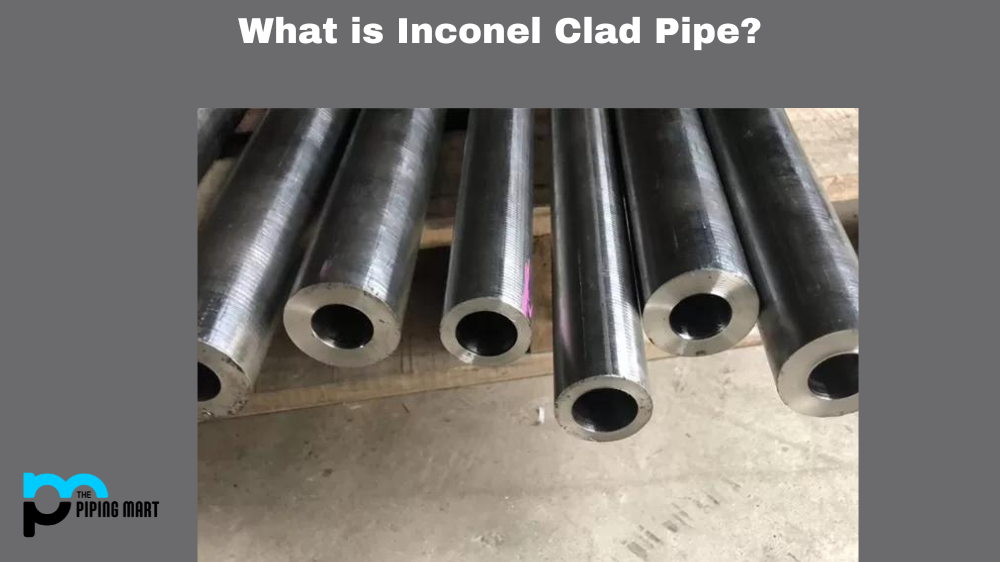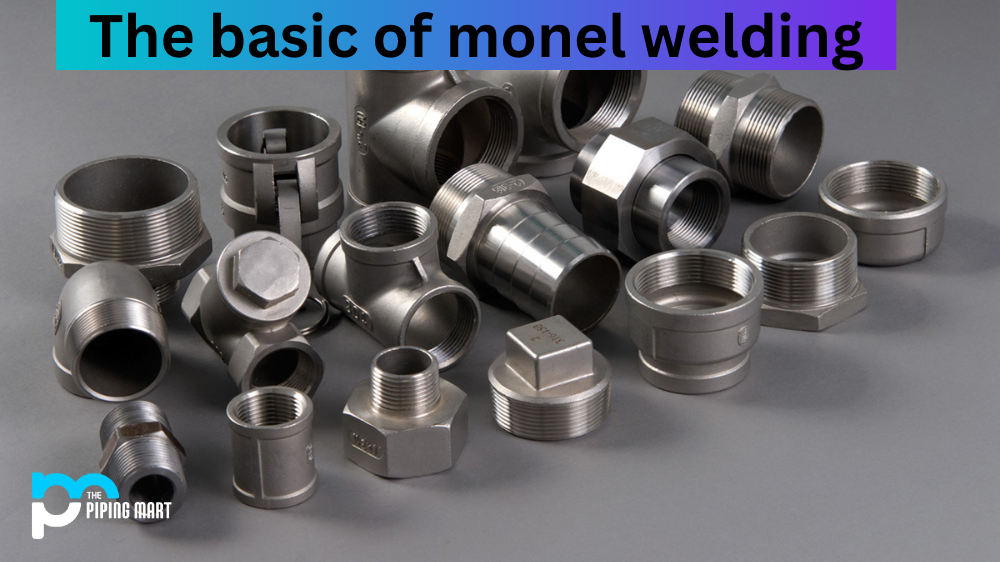If you are in the market for stainless steel, you may notice that there are two main types of stainless steel available for purchase – 416 stainless steel and 304 stainless steel. Both types are popular options, but what is the difference between them? Read on to learn more about the differences between these two types of stainless steel.
Difference Between 416 and 304 Stainless Steel
One of the primary differences between 416 and 304 stainless steel is their chemical composition. On a molecular level, both steels have a similar combination of iron and carbon, but they differ in several ways due to their chromium content. This small difference results in a big change in performance – especially when it comes to corrosion resistance.
Corrosion Resistance
When it comes to corrosion resistance, 416 stainless steel outperforms its 304 counterparts by leaps and bounds. This is because of its higher nickel content which helps it resist corrosion better than other metals. In fact, it can withstand exposure to salt water without corroding or rusting as quickly as other metals. Therefore, if you are looking for a material that will be exposed to salt water or other harsh conditions on a regular basis, then 416 would be an ideal choice for your project.
On the other hand, while 304 does possess some corrosion resistance properties, it is not as strong as its 416 counterparts, given its lack of nickel content. Therefore, if you are looking for a material that will need to be exposed to harsh environments regularly, then 316 would be your best bet.
Strength & Durability
In terms of strength and durability, both types offer excellent performance when compared to other metals on the market today; however, they do differ slightly in this area, too, due to their different chemical compositions. Specifically speaking, 416 offers better wear resistance than 304 due to its higher levels of nickel; however, this improved wear resistance also makes it prone to galling (the formation of metal shavings/particles) under certain circumstances, so special care should be taken when machining or cutting parts from this type of steel. On the flip side, though, 304 offers superior toughness making it better suited for applications where strength is an important factor, such as automotive parts or industrial equipment components.
Conclusion:
In conclusion, both 416 and 304 stainless steels provide excellent performance when used in applications that require strength and durability; however, they do differ slightly due to their chemical composition with respect to corrosion resistance and wear resistance capabilities – making one better suited than the other depending on your specific application requirements. Ultimately though, either type will serve you well so long as you take proper precautions when using them – such as understanding how they react with certain materials or how they perform under various temperatures/conditions etc. With this knowledge at hand, you’ll be able to make a well-informed decision that best suits your particular needs!

Abhishek is a seasoned blogger and industry expert, sharing his insights and knowledge on various topics. With his research, Abhishek offers valuable insights and tips for professionals and enthusiasts. Follow him for expert advice on the latest trends and developments in the metal industry.



